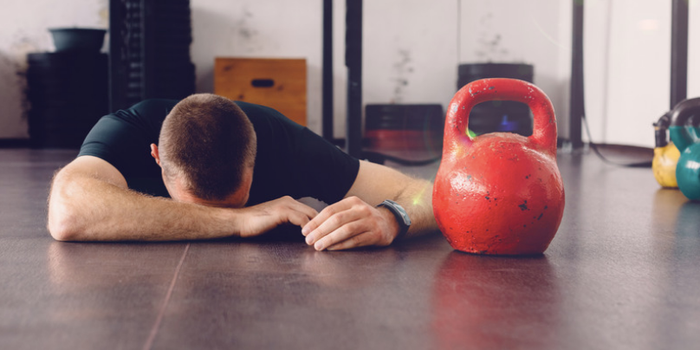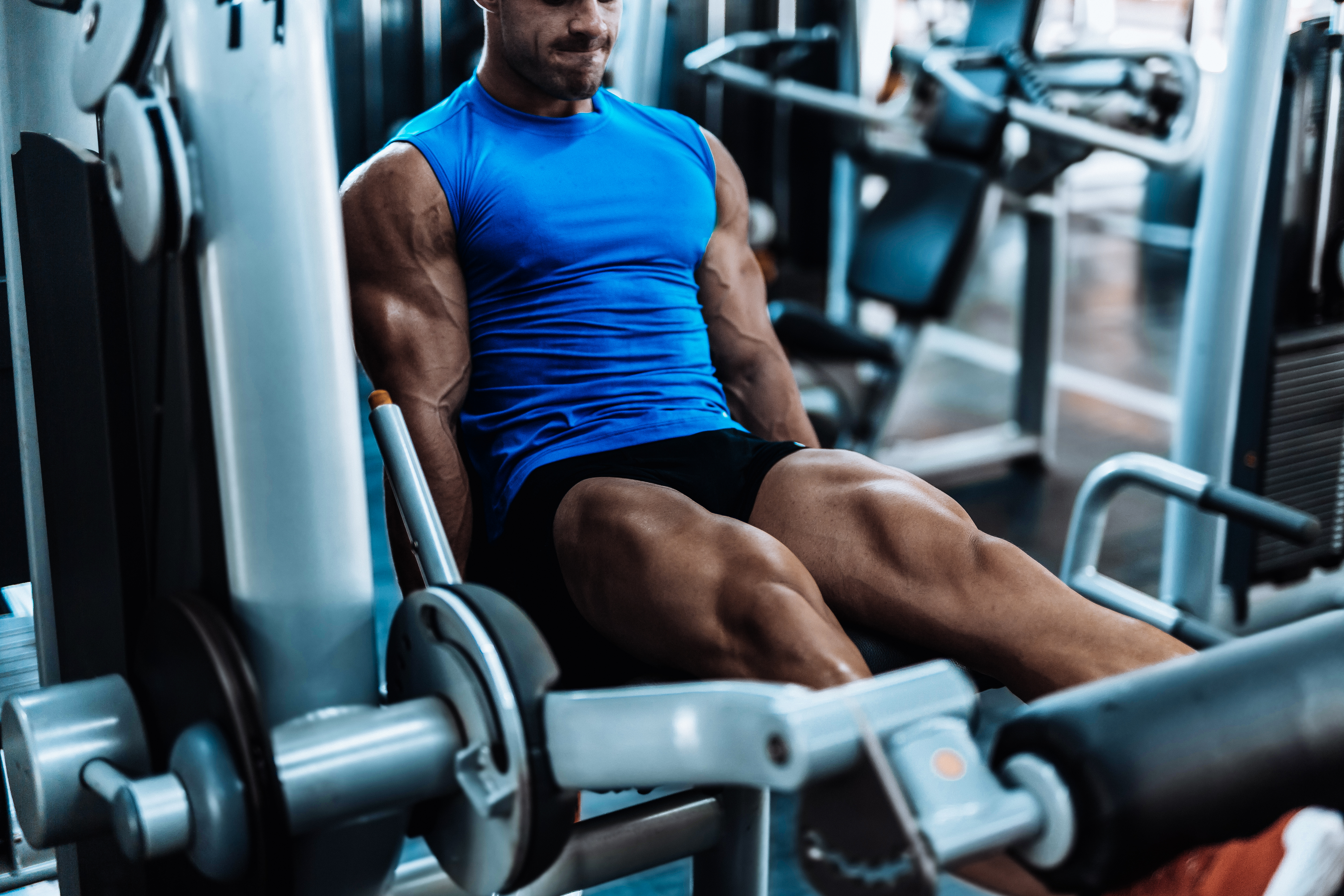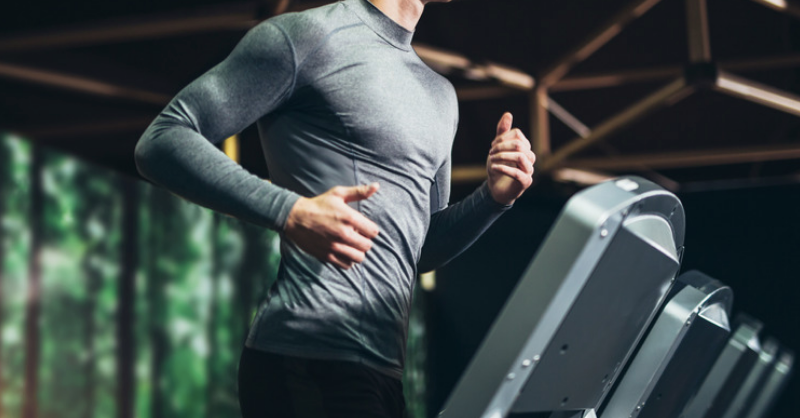When it comes to training safely, ‘no pain, no gain’ doesn’t tell the whole story
Hitting the gym with 100 per cent intensity is great – but know the difference between a ‘pump’ in your muscles and genuine pain.
Learning how to lift with the correct technique will aid your performance, physique development and fend off pain.
Selecting the safest exercises will also work in your favour. The most dangerous gym exercises increase the risk of injury, particularly in areas of typical weakness such as the lower back, shoulders and knees.
Certain lifts, while still stimulating the target muscle group, have a higher risk of injury. From behind the neck pull-downs to excessive time on the treadmill, these are the most dangerous gym exercises along with some safer alternatives:
Quad extensions
The quad extension hits that ‘teardrop’ muscle at the front of your thigh, however this machine can cause injury when performed excessively. It isolates the knee joint and as such should not be performed as regularly as a compound lift or with an overly heavy weight.
Try this instead: Bulgarian split squat
The split squat is safer and also stimulates more full-body muscle. You will experience some glute growth and the movement demands good balance and core strength. More importantly, it is also safer – putting your knee in a more natural position, reducing how much weight is going through the joint.
Upright rows
The upright row is one of the most dangerous gym exercises because of its large margin for error. It’s really easy to get wrong. When you raise the barbell, stop when your elbows are in line with your shoulders. Any higher and you risk damaging the rotator cuff.
Try this instead: cable side lateral raise.
Lateral raises are arguably a safer shoulder builder than any pressing movement. The side lateral raise performed with cables maintains tension throughout the entire movement while minimising injury risk.
Too much cardio
Fat loss isn’t achieved by running for an indefinite amount of time. What’s more, excessive cardio can actually hinder your progress in a number of ways. Too much time on the treadmill can cause chronic joint soreness as the ankles, knees, hips and lower-back take the full force of shock absorption.
Try this instead: HIIT
High-intensity interval training requires maximal levels of effort, but in a much shorter time frame. This has far less wear-and-tear on your joints. The nature of HIIT means the repeated impact on joints is minimised when compared to traditional cardio training.
Behind-the-neck lat pulldowns
While this exercise is a favourite of Arnold’s, it’s probably not the best version of a lat pulldown. This particular variation involves thrusting your head and neck forward which can easily lead to a strain, tear or pull if your form isn’t excellent.
Try this instead: v-grip lat pulldowns
Instead, perform the lat pulldown using a v-grip attachment pulled to the sternum area. The v-grip also makes it easier to keep your elbows tucked in, ensuring tension remains on your lats. You are also less likely to get injured as you adopt a more neutral (straight) back and spine.






















































